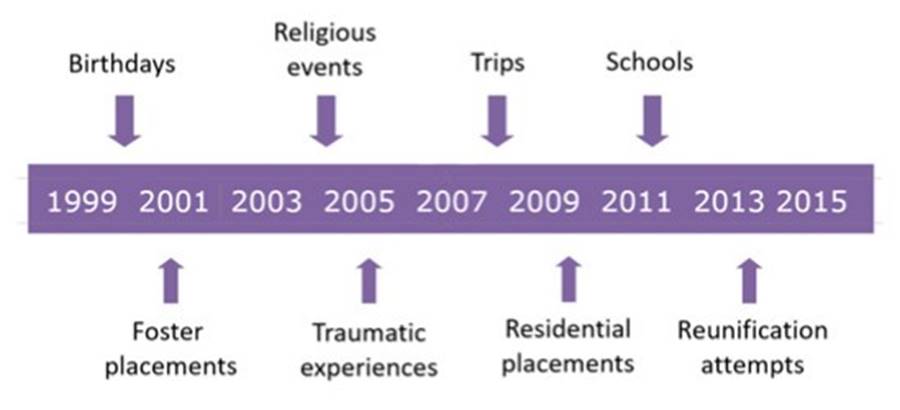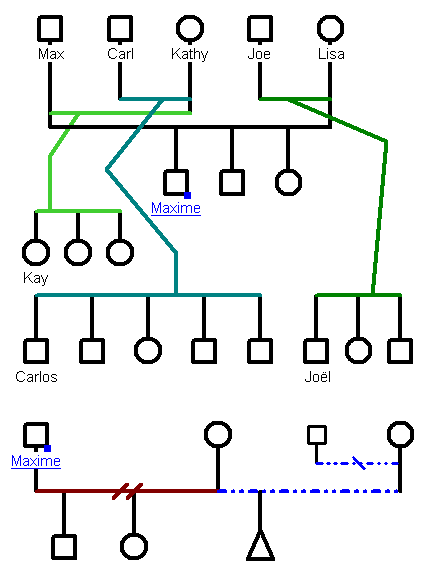Young people can develop and test relationships with adults based on things like reliability and trust. They can choose the adults who may then accompany them on the next stage of their life journey. CSOs can assist by:
- developing and modelling healthy relationships with young people
- keeping in contact with family members and setting the expectation of ongoing relationships with the young person
- discussing realistic expectations and the capacity of family to respond to their feelings of lost connections.
Note
"Family is a key consideration … For young people transitioning [to adulthood] this is most usefully understood in terms of the development of families of destination or family of choice, rather than centred around birth parents and family of origin".
(Crane, Kaur & Burtin, 2013, p. 6)
Practice prompt
Use or re-visit the Circles of Safety and Support Tool with different members of the network to ensure full exploration of family, kin and community resources.
Engaging in theraupeutic life story work may provide the opportunity to re-engage the young person with lost relationships. Refer to Therapeutic life story work.
Timelines
Another technique to identify family and inform the members of a safety and support network is completing a timeline with the young person. This can help identify people who have cared about the young person throughout their life.
Timelines can showcase gaps in what we know about the young person and point out family members who may have dropped out of the picture when the young person entered care.
One thing to note is that doing this with a family or young person can be empowering and/or traumatising. Be sure to prepare the young person before you try this technique to ensure that it is done safely and without detriment.
Helpful questions for creating the timeline:
- Who was in the young person’s life at this time?
- Who would have cared about the young person during this time?
- What do we know or imagine their relationship was like?
- What was the young person’s ethnicity, culture and religion during this time?
- Who do we suspect might have been in the young person’s life (for example, teachers) about whom we don’t know much yet?

Published on:
Last reviewed:
-
Date:
Maintenance.
-
Date:
Maintenance.
-
Date:
Page created


